In 2025, D’Amico Dental Care’s dental clinic in Watertown and Wayland offers premium ceramic veneers that meet the highest standards. This center utilizes the most advanced ceramic materials such as IPS E.Max and zirconia, providing an exceptional combination of natural aesthetics and high durability. By employing digital CAD/CAM technology and 3D smile design, each veneer is custom-made with micron-level precision. This procedure involves minimal tooth preparation and is completed in just a few sessions. The veneers from this clinic feature high resistance to staining and wear, offer suitable longevity, and represent an ideal choice for those seeking a natural and long-lasting smile. The specialized team at D’Amico Dental Care, with years of experience in cosmetic dentistry, guarantees exceptional results.
Porcelain Veneers
- Home
- Porcelain Veneers
What Are Porcelain Veneers?
Dental veneers are thin
ceramic layers (0.3-0.7 mm) bonded to the front surfaces of teeth to correct
aesthetic imperfections. This treatment is ideal for addressing stubborn
discoloration, chipped teeth, gaps between teeth, and minor misalignments.
Modern veneers such as IPS EMax, with their high translucency and
light-reflecting properties similar to natural enamel, deliver exceptionally
natural-looking results. The treatment process typically requires 2-3 visits
and involves minimal enamel removal. With proper care, these veneers can last
10-15 years and exhibit excellent resistance to staining and wear. This
minimally invasive procedure represents a fundamental advancement in smile
design.
How Porcelain Veneers Improve Aesthetic Appearance
Porcelain veneers significantly improve dental aesthetics by creating a uniform and harmonious surface. These restorations, with their natural enamel-like optical properties (refractive index 1.52-1.54) and selective light transmission capability, impart natural depth and dimension to teeth. The ceramic layering technique (stratification technique) enables precise color matching with adjacent teeth. Studies demonstrate this method can reduce light absorption by up to 45% while improving light reflection by 60%.
Correction of Structural and Chromatic Anomalies
Veneers can accurately correct issues such as diastema, enamel cracks, and anatomical deformities with 20-50 micron precision. For severe discoloration (e.g., tetracycline stains), veneers with 0.7-1 mm thickness and Opaque Ceramic Layers provide up to 95% color coverage. These restorations maintain primary tooth morphology while optimizing contour lines, achieving complete harmony with facial features.
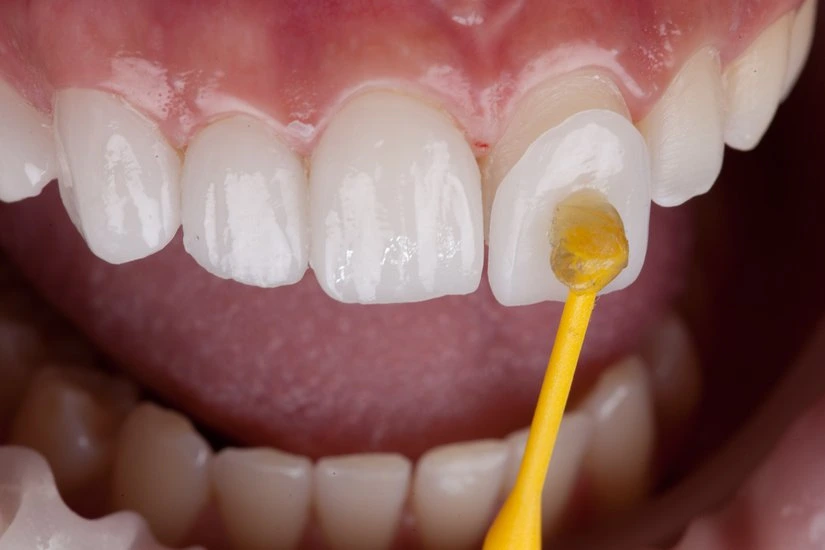
Benefits of Porcelain Veneers
porcelain veneers offer unparalleled aesthetic results due to their natural enamel-like optical properties (refractive index: 1.52). Their high flexural strength (350-400 MPa) and Vickers hardness (600-700 VHN) ensure long-term durability (10-15 years). From a biological perspective, the non-porous surface (water absorption <0.1%) prevents bacterial plaque accumulation and secondary discoloration.
Clinical Superiority
✔ Tooth structure preservation (<0.5mm preparation)
✔ Color stability (stain resistance)
✔ Excellent biocompatibility with gingival tissues
✔ Precise anatomical reproduction via ceramic layering techniques
The Porcelain Veneer Procedure
Dental veneers are fabricated and placed using precise protocols and advanced standards. The process begins with digital occlusal analysis and smile design (DSD). Tooth preparation involves minimal reduction (0.3-0.7mm) while preserving anatomical structure. Traditional impressions have been replaced by intraoral digital scanning (20μm accuracy). Veneers are milled from advanced ceramics like lithium disilicate (refractive index: 1.52) using CAD/CAM systems.
The bonding phase includes:
- Selective enamel etching
- MDP-containing silane application
- Adhesion with advanced resin cements
This meticulous process achieves 50μm marginal accuracy and bond strength >30MPa. Clinical studies demonstrate a 95% success rate at 10-year follow-up, establishing ceramic veneers as the gold standard in aesthetic restorations.
Consultation and Custom Design Process
This phase for porcelain veneers begins with a comprehensive oral health assessment. The dentist uses digital technologies such as intraoral 3D scanning and Digital Smile Design (DSD) software to analyze key parameters including tooth color, shape, length, and position relative to facial features. This stage involves evaluating occlusion, gum health, and the golden proportion of anterior teeth. Using advanced mock-up technology, patients can preview the final results before treatment begins.
Following data analysis, a customized treatment plan is developed for each patient based on aesthetic and functional factors. The selection of ceramic materials (such as IPS E.Max or zirconia) is determined by the required transparency and strength. Digital veneer design is performed with 20-50 micron precision, allowing for subtle refinements in tooth shape and contour. This precise approach creates natural results that harmonize with each individual’s unique anatomy.
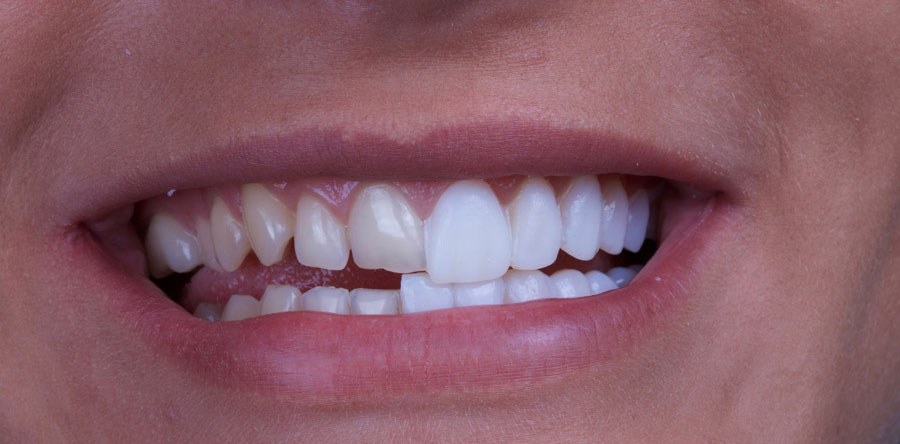
Preparation and Placement of Veneers
The tooth preparation stage for dental veneers is performed with high precision. Initially, minimal enamel reduction (0.3-0.7 mm) is carried out while preserving the tooth’s original anatomy. Advanced techniques such as diamond ceramic burs and depth guide burs are employed to prevent excessive reduction. Following preparation, digital impressions are taken using intraoral scanners with 20-micron accuracy. This stage involves precise recording of gingival margins and occlusal relationships to fabricate fully adaptable veneers.
Veneer placement follows a multi-step bonding protocol. First, the tooth surface is etched with 37% phosphoric acid for 15-30 seconds. MDP-containing silanes (such as Panavia V5) are then used to create a strong chemical bond between the ceramic and enamel. The veneers are bonded to the teeth using light-cure composite resin (wavelength 450-490 nm), with excess material carefully removed. Final evaluation includes assessment of margins, occlusal contacts, and aesthetics. This protocol ensures bond strength exceeding 30 MPa and long-term durability.
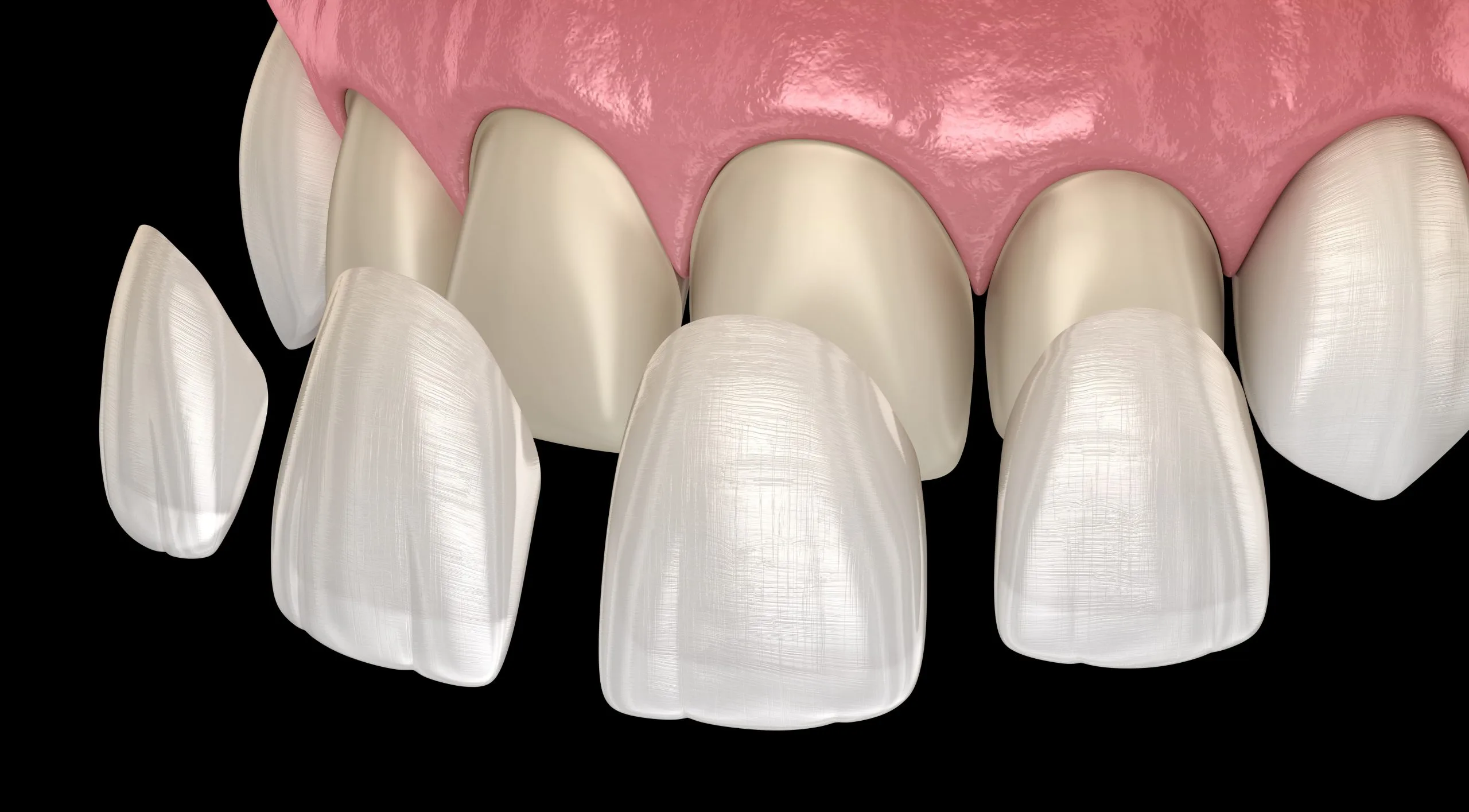
Final Adjustments and Results
Following the placement of porcelain veneers, the final adjustments stage ensures optimal occlusion and aesthetic outcomes. Using precise instruments like articulating paper, the dentist identifies and corrects excessive contact points to prevent uneven pressure on the veneers. Additionally, final polishing of the veneer surfaces is essential to achieve a natural shine and smooth margins. Studies confirm that precise occlusal adjustments enhance veneer longevity and prevent fractures.
During the results evaluation, dental veneers are assessed for:
- Aesthetic harmony with adjacent teeth
- Proper functional performance
- Gingival adaptation (final results visible after 1-2 weeks)
Clinical research indicates >95% patient satisfaction rates post-adjustment, with properly executed veneers lasting up to 15 years.
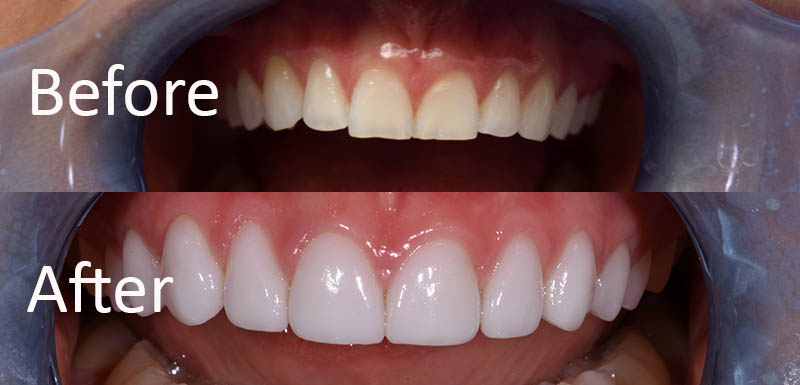
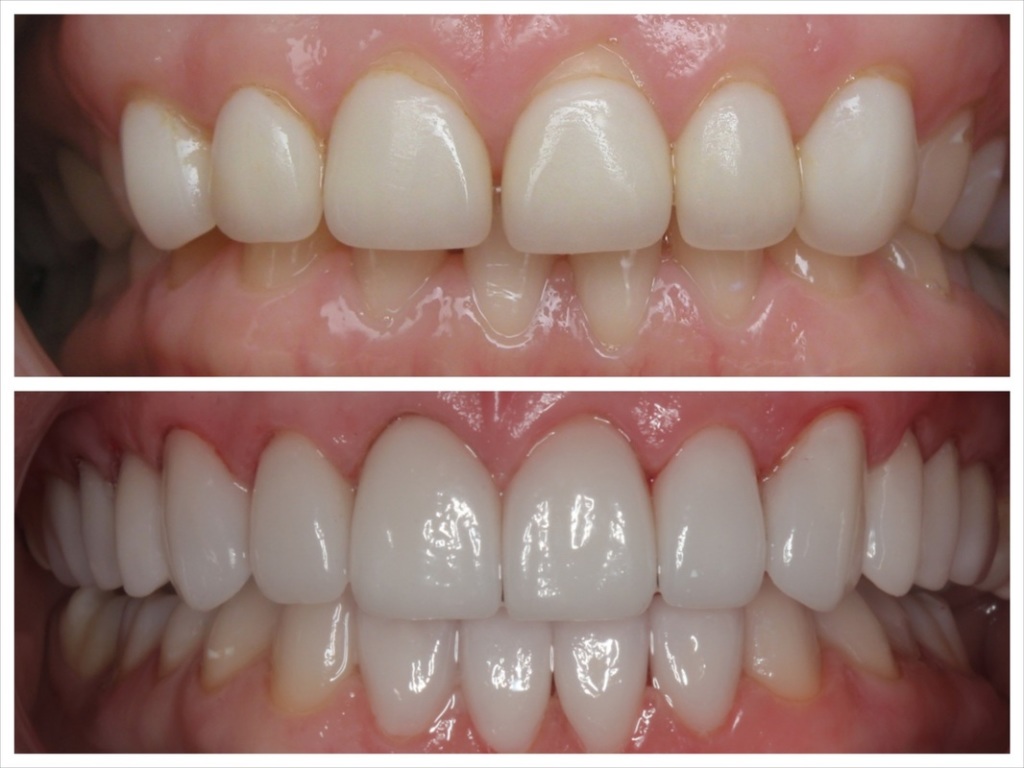
Maintenance and Care for Porcelain Veneers
Despite their high durability, porcelain veneers require proper care to maintain their longevity and aesthetics. Essential oral hygiene practices include brushing with a soft-bristled toothbrush and non-abrasive toothpaste, along with daily flossing. Patients should avoid chewing hard substances such as ice or hard bread crusts, as these may cause veneer fractures. Excessive consumption of coffee, tea, and tobacco can lead to surface staining of the veneers. Regular dental check-ups every six months are recommended to monitor the condition of the veneers and gum health.
The use of a night guard is crucial for patients with bruxism to prevent damage to the veneers. By following these guidelines, dental veneers can maintain optimal functionality for 10-15 years or more.
Daily Oral Hygiene Tips
Proper daily care is essential to maintain the appearance and longevity of porcelain veneers. It is recommended to use a soft-bristled toothbrush and non-abrasive toothpaste, as abrasive materials can affect the polished surface of the veneers. Daily and careful flossing (preferably with unwaxed dental floss) is crucial to prevent plaque accumulation at the gumline and around the veneers. Rinsing with alcohol-free mouthwash can also help maintain gum health and prevent inflammation.
While dental veneers are relatively stain-resistant but not completely stain-proof, it is advisable to rinse the mouth with water after consuming pigmented foods and beverages such as coffee, tea, red wine, and soda. Additionally, avoiding tobacco use can prevent discoloration of both the veneers and adjacent natural teeth. Regular dental check-ups every 6 months are recommended to assess the condition of the veneers and overall oral health
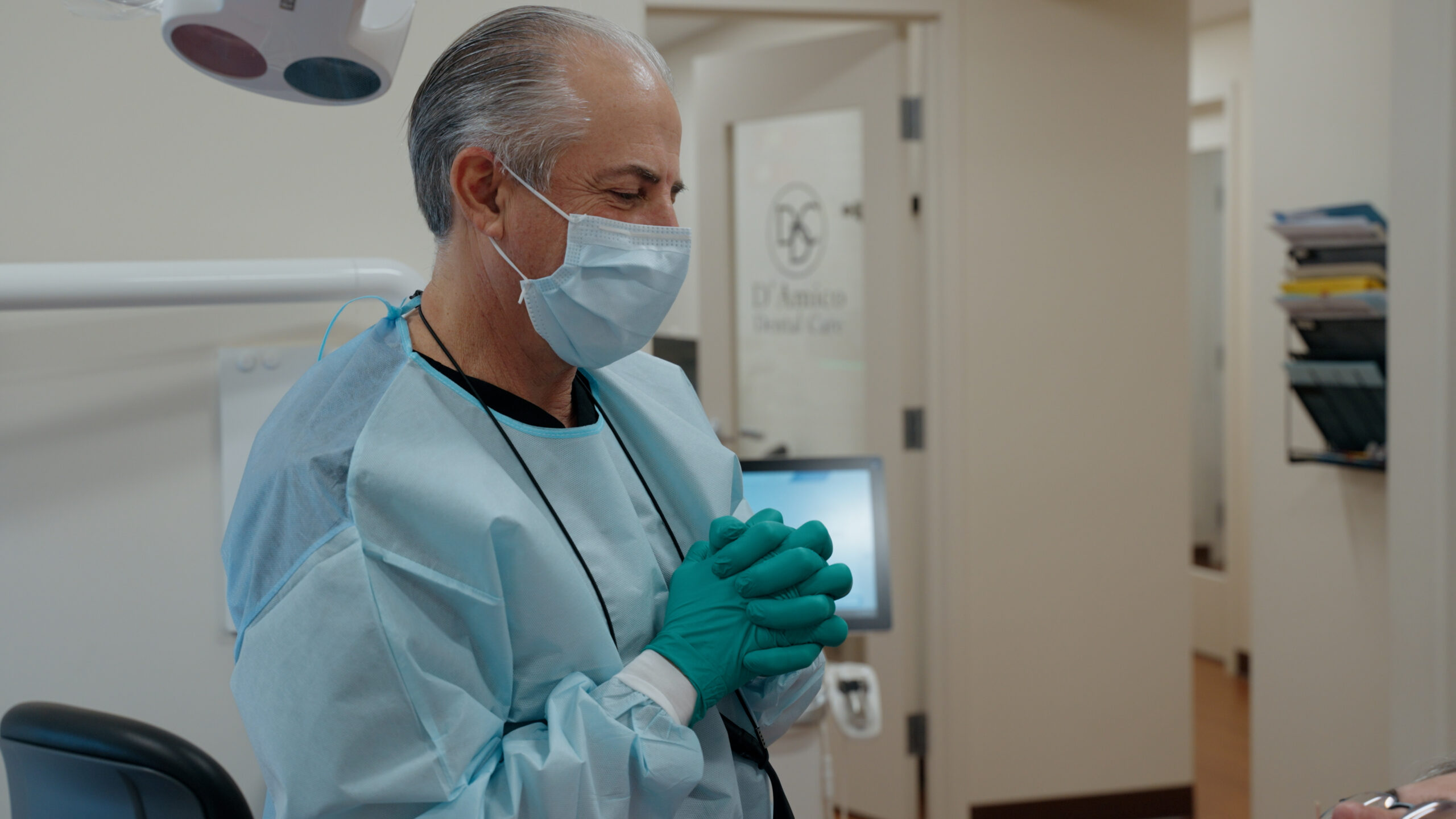
Avoiding Foods That Could Damage Veneers
Although porcelain veneers are durable, they may be vulnerable to certain foods. It is best to avoid chewing very hard foods such as ice, raw nuts, hard bread crusts, and hard candies, as these can cause veneers to crack or break. Additionally, sticky foods like gum and caramel may cause veneers to detach from the tooth surface due to their adhesive properties. Studies show that over 30% of veneer damage results from improper chewing habits.
Foods and beverages with high pigment content, such as coffee, strong tea, dark sodas, and colored sauces (soy, tomato), can gradually cause staining at the edges of veneers. Although veneers are relatively stain-resistant, regular consumption of these substances may affect their appearance. It is recommended to rinse the mouth with water after consuming these items and maintain careful oral hygiene.
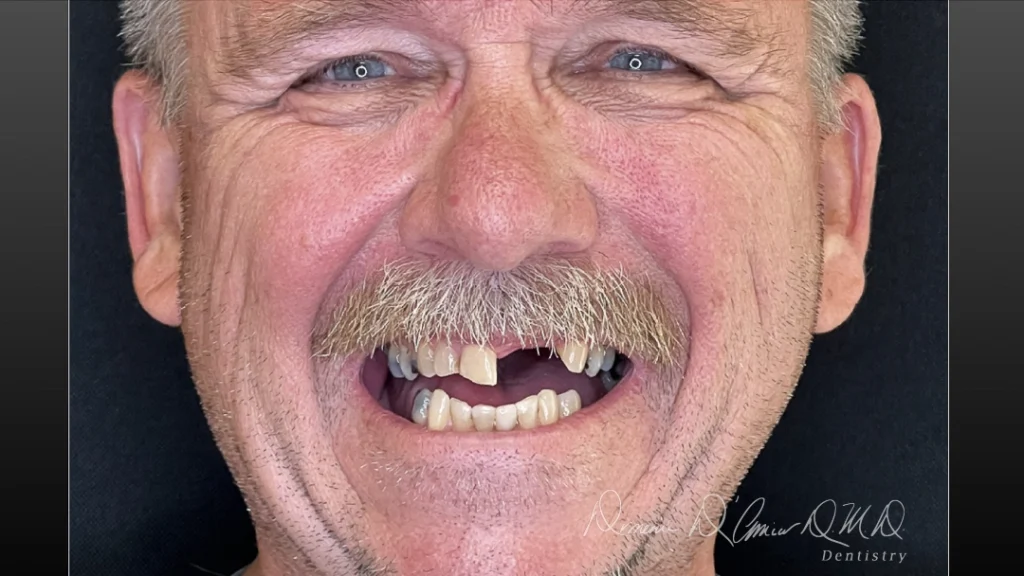
Regular Dental Checkups and Maintenance
Routine dental examinations every six months are essential for maintaining the health of porcelain veneers. During these visits, the dentist evaluates the veneers for cracks, looseness, or wear, and assesses the health of the surrounding gums. Professional scaling and polishing of the veneers help maintain their luster and prevent plaque accumulation. Studies show that patients who attend regular dental check-ups can extend the lifespan of their veneers by up to 40%.
During these examinations, the dentist may perform minor occlusal adjustments (tooth contact modifications) to prevent uneven pressure on the veneers. For patients with harmful habits like bruxism, the use of custom night guards is recommended. These preventive measures can avoid costly future repairs and preserve the aesthetic appearance of the veneers for years.
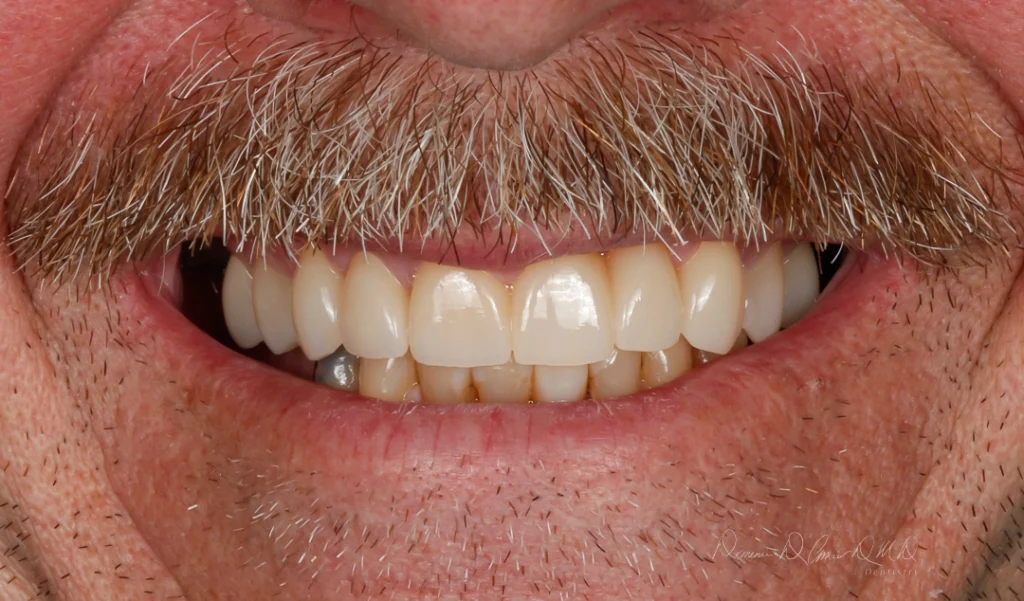
Costs and Considerations for Porcelain Veneers
Dental veneers are considered one of the most expensive cosmetic dental treatments. The cost per veneer unit varies depending on several factors including the dentist’s expertise, material quality, fabrication technique (Lumineers, Emax or conventional porcelain), and the clinic’s geographical location. In European and American countries, this cost ranges from 800to800to2000 per tooth.
Key considerations prior to treatment include healthy gingival foundation, absence of active caries, and thorough occlusal evaluation. The veneer placement process involves removing approximately 0.3 to 0.7 mm of tooth enamel, which is an irreversible procedure. Studies indicate that with strict adherence to maintenance protocols, the average lifespan of this treatment ranges between 10 to 20 years. However, destructive factors such as bruxism or poor oral hygiene can significantly reduce this duration.

